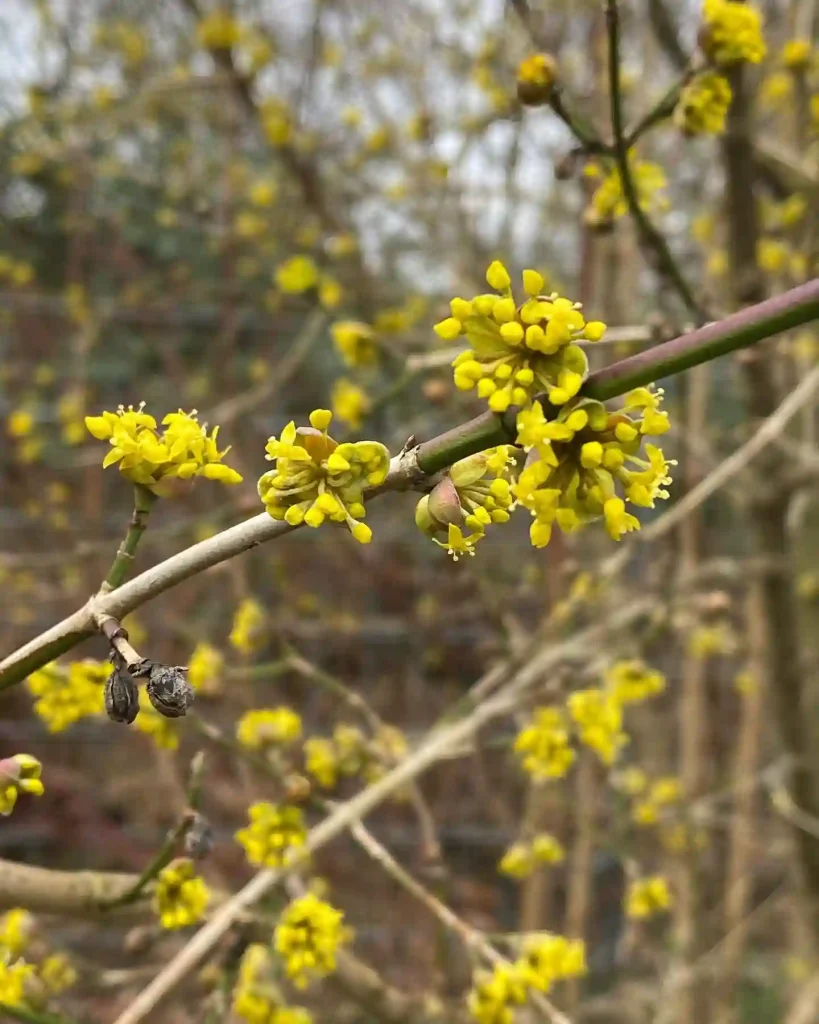All You Need to Know About Oxalis Latifolia: From Friend to Foe?
Hi, Ferb Vu here. I’m a plant enthusiast with a particular interest in those with unique characteristics. Today, we’re diving deep into the world of Oxalis Latifolia, a plant that can be both a captivating companion and a cunning garden conqueror.
569 Species in Genus Oxalis
What is Oxalis Latifolia?
Oxalis Latifolia, also known as Broadleaf Woodsorrel, is a herbaceous perennial native to South Africa. It’s known for its charming clover-like, heart-shaped leaves in vibrant shades of green. But the true stars of the show are the delicate, five-petaled flowers that come in shades of pink or purple, adding a touch of elegance to any setting.
Is Oxalis Latifolia Easy to Grow?
Absolutely! This little trooper thrives in neglect. Partial shade and moist, well-drained soil are ideal, but it can adapt to a range of conditions. The small bulbs multiply readily, forming a verdant carpet that can be both beautiful and troublesome.
Wait, Troublesome? How so?
Here’s the catch. While Oxalis Latifolia is undeniably attractive, it has a sneaky side. Those cheerful little bulbs spread aggressively, turning your prized flowerbed into a persistent weed. It can be particularly problematic in areas with cool, damp climates.
Is Oxalis Latifolia Invasive?
The invasiveness of Oxalis Latifolia depends on your location. In some areas, it’s well-behaved, adding a touch of whimsy to gardens. However, in others, it can become a real nuisance, smothering other plants and disrupting the ecosystem. Before planting, it’s crucial to research its behavior in your specific region.
Is Oxalis Latifolia Poisonous?
While not deadly, Oxalis Latifolia contains oxalic acid, which can cause stomach upset, vomiting, and diarrhea if ingested in large quantities. This is especially concerning for curious pets and young children.
How to Care for Oxalis Latifolia?
If you decide to take the plunge with Oxalis Latifolia, here are some tips for keeping it under control:
- Plant it in containers: This helps confine its spread and prevents it from taking over your garden.
- Deadhead regularly: Removing spent flowers encourages new blooms but more importantly, prevents seed production and further spreading.
- Monitor closely: Be vigilant and hand-pull any unwanted seedlings that pop up.
How to Get Rid of Unwanted Oxalis Latifolia?
If Oxalis Latifolia has become an unwelcome guest in your garden, don’t despair. Here are a few methods to eradicate it:
- Manual removal: This is the most eco-friendly approach. Dig up the bulbs and runners carefully, ensuring you remove all traces to prevent regrowth.
- Herbicides: As a last resort, consider using a selective herbicide specifically designed for broadleaf weeds. Always follow the manufacturer’s instructions meticulously.
Is Oxalis Latifolia Similar to Other Plants?
Several plants share some similarities with Oxalis Latifolia:
- Wood Sorrel (Oxalis Acetosella): A close relative with smaller, shamrock-like leaves and yellow flowers. It’s less aggressive than Oxalis Latifolia.
- Clover (Trifolium spp.): Another familiar sight with three-lobed leaves. Unlike Oxalis Latifolia, clover has round, puffball-like flower heads.
- Oxalis Triangularis (Purple Shamrock): This stunning variety boasts deep purple, triangular leaves and vibrant violet flowers. While beautiful, it can also be invasive in some regions.
Can I grow Oxalis Latifolia indoors?
Yes! It thrives in bright, indirect sunlight and enjoys the consistent temperatures of a home environment. Just be mindful of keeping the soil moist but not soggy.
Does Oxalis Latifolia have any medicinal uses?
Traditionally, some cultures have used Oxalis Latifolia for its supposed medicinal properties. However, there’s limited scientific evidence to support these claims. It’s always best to consult a healthcare professional before using any plant for medicinal purposes.
Are there any companion plants that suit Oxalis Latifolia?
Since Oxalis Latifolia prefers partial shade, consider pairing it with shade-loving perennials like hostas, ferns, or coral bells. These plants will create a harmonious visual tapestry while keeping Oxalis Latifolia from taking over sunnier spots.
How often should I fertilize Oxalis Latifolia?
This little trooper doesn’t require frequent feeding. A light application of balanced fertilizer once a month during the growing season is sufficient.
Conclusion
Oxalis Latifolia is a captivating plant with undeniable charm. However, its aggressive nature can make it a double-edged sword. Weigh the pros and cons carefully before introducing it to your garden. With proper knowledge and management, you can enjoy its beauty without letting it become a botanical bully.
If i die, water my plants!



